What Is AIO and Why It Matters
In a digital world increasingly powered by artificial intelligence, traditional SEO practices are no longer enough. AIO — AI Optimization is the strategic process of making your web content more accessible, understandable, and rankable by AI-driven systems like ChatGPT, Google’s Search Generative Experience (SGE), Bing Copilot, and other large language models (LLMs) with search and summarization capabilities.
What Does AIO Mean?
At its core, AIO is about optimizing your content not just for humans and search engines, but for AI interpreters. These AI systems crawl, analyze, synthesize, and present your content differently than traditional bots like Googlebot. They look for clear semantic structure, context-rich information, trusted sources, and prompt-like formatting that can be easily interpreted, extracted, and reshaped into helpful responses for users.
Where traditional SEO focuses on keywords and backlinks, AIO focuses on clarity, structure, context, and machine interpretability. SEO helps you rank on Google. AIO helps you get recommended by AI.
Why AIO Is Now Critical
With the rise of generative AI, content discovery and visibility are shifting dramatically. More users are getting answers directly from tools like ChatGPT or seeing AI-generated summaries on Google before even visiting a website.
That means your content’s ability to appear in AI summaries, answer boxes, and citations is becoming just as important-if not more-than its traditional search ranking.
Here’s why AIO matters more than ever:
- AI Summaries Are the New SERPs: Google’s SGE and Bing Copilot often pull responses directly from pages with well-structured content and high trust signals. If your site isn’t AIO-compliant, you may be skipped over.
- ChatGPT Browsing and Tools Mode: Users can ask ChatGPT to “find the best guides” or “summarize blog posts,” and the model will choose sites based on clarity, scannability, source trust, and semantic value.
- Voice Search and Assistants: Smart assistants (e.g., Alexa, Siri, Google Assistant) rely on structured, direct-answer content. AIO ensures your pages are ready to be spoken or summarized.
- Better Engagement and UX: AIO naturally improves human readability too. Clear headings, concise answers, and trust-building formats enhance user time on site, conversions, and shareability.
The Bottom Line
AI isn’t coming — it’s already reshaping how content is found, shared, and consumed. Sites that adapt to this new paradigm by applying AI Optimization (AIO) strategies in 2025 will lead the next generation of content visibility. Those that stick to only traditional SEO may find their traffic and influence slowly eroding as AI-driven systems dominate the discovery pipeline.
That’s why this AIO checklist exists—to give you a fast, actionable way to future-proof your content and ensure you stay visible, clickable, and authoritative in the age of AI-first search.
The following checklist contains 20 actionable AIO strategies you can implement quickly to future-proof your website and content for AI-first search. Each tactic is grouped by theme for better organization and comes with examples, tools, and implementation tips.
Section 1: Content Structure & Formatting
1. Use Clear, Hierarchical Headings (H1-H4)
Why it matters: AI models rely on headings to chunk, summarize, and extract information from pages.
Steps to implement:
- Use only one H1 per page
- Use H2 for primary sections, H3 for subsections, etc.
- Avoid styling divs or spans as fake headers
Example:
<h1>What is AI SEO?</h1>
<h2>Benefits of AI SEO</h2>
<h3>Improved Rankings</h3>
Tools: Surfer SEO, Clearscope, Ahrefs SEO Toolbar
2. Write with Chunked Paragraphs
Why it matters: AI reads short, coherent chunks more efficiently.
Steps:
- Break content into paragraphs of 2–4 sentences max
- Use bullet points and numbered lists to improve scannability
Tip: Use a free Hemingway App to identify dense content.
3. Insert Table of Contents with Anchor Links
Why it matters: Helps AI and users navigate and reference specific sections.
Steps:
- Add TOC with anchor links
- Use IDs that match section headers
Example plugin: Easy Table of Contents (WordPress)
4. Embed Structured FAQs at the End
Why it matters: AI often pulls answers from FAQs for snippets.
Steps:
- Use schema.org markup for FAQPage
- Provide concise, answer-first responses
Tool: RankMath, Yoast SEO plugin
Section 2: Semantic Keyword Use & LSI Optimization
5. Optimize for Related Keywords (LSI Terms)
Why it matters: AI uses semantic relationships to understand context.
Steps:
- Use tools like SurferSEO or Frase.io to identify LSI terms
- Naturally include them in headers, body, and alt texts
Example: For “AI SEO” use terms like “search algorithms”, “machine learning optimization”, “AI search ranking”
6. Include Entities and Named Concepts
Why it matters: Entities (like “OpenAI”, “SGE”, “BERT”) are crucial for AI parsing.
Steps:
- Mention known people, tools, technologies, companies
- Use schema markup when possible
Tool: InLinks (for entity-based optimization)
7. Use NLP-Optimized Synonyms and Variants
Why it matters: AI looks for language variety to understand intent.
Steps:
- Vary keywords naturally: AI content optimization = AI-friendly content = content for language models
- Avoid keyword stuffing
Section 3: Metadata & Technical Signals
8. Craft Descriptive Meta Titles and Descriptions
Why it matters: AI surfaces content based on snippet previews.
Steps:
- Keep titles < 60 characters, descriptions < 160
- Include primary keyword and entity
Example:
Title: 20 Quick Wins for AI SEO Optimization
Description: Learn actionable tips to optimize your site for AI-driven search like ChatGPT, Bing Copilot & Google SGE.
9. Implement Schema Markup Throughout
Why it matters: Structured data is essential for AI context parsing.
Steps:
- Use schema.org for Article, FAQPage, Product, Person, etc.
- Validate using Google’s Rich Results Test
Tool: Schema Markup Generator by Merkle
10. Use Canonical Tags Correctly
Why it matters: Avoids duplicate content confusion by search AI
Steps:
- Ensure only one canonical version of each page
- Add
<link rel="canonical" href="...">in the<head>
11. Improve Page Speed & Mobile Responsiveness
Why it matters: AI search prioritizes performance signals
Steps:
- Compress images (WebP), lazy load below-the-fold
- Use mobile-first design
Tools: GTmetrix, Google PageSpeed Insights, Cloudflare
Section 4: Prompt-Engineering Style Structuring
12. Use Clear Q&A Format in Content
Why it matters: AI prefers question-based, prompt-like formatting
Steps:
- Format subheaders as questions
- Provide direct, fact-based answers
Example:
Q: How does AI impact SEO?
A: AI improves content discovery through semantic analysis and user intent prediction.
13. Add Key Takeaways or Summary Boxes
Why it matters: Helps LLMs extract core insights
Steps:
- Use styled divs or
<blockquote>with summaries:
Key Takeaway: Use structured data and concise headings to make your content AI-friendly.
14. Use Callouts for Definitions and Examples
Why it matters: Explaining terms improves comprehension
Steps:
- Use custom blocks or highlights to define jargon
- Link to glossaries when possible
Tool: Gutenberg block plugins like Stackable
Section 5: Trust-Building and Citations
15. Cite Credible Sources (With Links)
Why it matters: AI favors referenced content in surfacing summaries
Steps:
- Link to official docs, academic research, and authoritative blogs
16. Display Author Credentials and Bio
Why it matters: E-E-A-T signals boost credibility in AI evaluations
Steps:
- Add author bios, credentials, and LinkedIn profile links
- Use schema markup for
Person
17. Include Date of Last Update
Why it matters: AI uses freshness signals to judge relevancy
Steps:
- Use “Last updated on [date]” below title or in footer
18. Showcase Social Proof and Reviews
Why it matters: Builds trust and increases featured visibility
Steps:
- Embed testimonials, star ratings, case studies
- Use
ReviewandAggregateRatingschema
19. Use Internal Linking Strategically
Why it matters: AI follows internal links to assess topic coverage
Steps:
- Link to related blogs, glossary pages, pillar content
- Use descriptive anchor text
20. Secure Your Site with HTTPS and No Broken Links
Why it matters: AI deprioritizes insecure or broken-link-heavy pages
Steps:
- Ensure HTTPS via SSL
- Regularly audit with Screaming Frog or Ahrefs for 404s
Must Read- 10 Must-Try AI Content Creators To Boost Your Productivity
How to Audit Your Site for AIO Compliance
Optimizing your content for AI is only half the battle — the other half is measuring your success. A comprehensive AIO audit helps you identify what’s working, what’s missing, and where to focus your efforts to ensure your content is discoverable, understandable, and promotable by AI systems like ChatGPT, Google SGE, and Bing Copilot.
Below is a breakdown of essential tools to use and key performance indicators (KPIs) to track during your AIO audit.
Tools to Use
1. ChatGPT or Claude
Use Case: Simulate AI summarization and relevance testing.
How to use:
- Ask: “Summarize the content of [your URL]” or paste your content directly.
- Evaluate whether the AI accurately extracts your core message, key facts, and value proposition.
- If the summary is vague, missing facts, or off-topic, that’s a sign your content needs clearer headings, better structure, and more semantic context.
Ask follow-up questions like “What are the main takeaways from this content?” or “Who would benefit from this page?” to see how the AI interprets intent and audience alignment.
2. Surfer SEO or Frase.io
Use Case: Evaluate NLP and semantic keyword coverage.
How to use:
- Enter your page URL and target keyword.
- Review the list of LSI terms, entities, and related questions.
- Check if your content meets the suggested word count, heading usage, and keyword placement across sections.
These tools help bridge the gap between traditional SEO and AI semantic relevance, giving you insight into how well your content aligns with AI interpretation models.
3. Screaming Frog SEO Spider
Use Case: Conduct a technical SEO and schema markup audit.
How to use:
- Crawl your entire site or specific directories.
- Look for missing or duplicate meta titles, descriptions, H1s, and canonical tags.
- Review structured data implementation like FAQPage, Article, or BreadcrumbList schema.
Screaming Frog also flags broken links, redirect chains, and thin content pages that may negatively impact your AI trust signals.
4. Google Search Console + Bing Webmaster Tools
Use Case: Monitor performance in search engines, including AI experiences.
How to use:
- Check Enhancements → Structured Data to identify errors or missing markup.
- Monitor Performance → Search Results for shifts in impressions, CTR, and average position.
- Track if pages optimized for AI are appearing in rich results or featured snippets.
Use performance filters by device to track how well your content performs on mobile — a key factor for AI visibility in voice search and assistants.
KPIs to Monitor for AIO Success
Tracking the right performance indicators helps you determine whether your AI optimization efforts are yielding measurable results. Below are four AIO-specific KPIs that go beyond traditional SEO metrics:
1. Increase in Featured Snippet or AI Answer Box Visibility
Why it matters: Featured snippets and AI-generated previews often pull from well-structured, AI-optimized content.
How to measure: In Google Search Console, filter by search appearance → rich results or featured snippets.Use tools like Ahrefs or Semrush to monitor snippet ownership.
2. Rise in AI-Generated Traffic
Why it matters: Traffic from ChatGPT plugins, SGE, or Bing Copilot indicates your content is being selected and summarized by AI.
How to measure: Review server logs and referral paths for sources like “bard.google.com”, “copilot.microsoft.com”, or “chat.openai.com”. Add custom UTM tracking to links in AI-focused tools and analyze performance via GA4
3. Higher Crawl Frequency on AI-Optimized Pages
Why it matters: A rise in crawl rate from bots indicates search engines are prioritizing your AI-ready content.
How to measure:In GSC, go to Settings → Crawl Stats and review frequency per directory/page. Look for increased crawl activity on recently updated AIO-optimized content
4. Improved Semantic Rankings on Secondary Keywords
Why it matters: AI-optimized content tends to rank for topically relevant terms, not just exact match keywords.
How to measure:
- Use Semrush, Ahrefs, or GSC’s Queries report to identify new rankings
- Look for NLP-related keywords, question-based queries, and long-tail variation
Example: A page optimized for “AI SEO tools” may start ranking for:
- “best optimization tools for ChatGPT”
- “content structuring for AI readability”
- “how to optimize for SGE”
Bonus KPI: AI Mentions or Citations
If you’re producing expert content, monitor if your brand or content is referenced by AI tools (e.g., ChatGPT mentioning your site in responses when asked about a topic you cover). This is anecdotal but powerful for visibility tracking.
Conducting an AIO audit is about aligning your content with how AI understands, summarizes, and recommends information. With the right tools and KPIs in place, you can move from guessing to knowing exactly what’s working — and more importantly, where to optimize next.
Must Read- How to Avoid Duplicate Content Issues with AI-Written Text
Final Thoughts: Make Your Site AI-Ready
AI-driven search and generative content experiences are transforming SEO—and those who prepare now will win tomorrow. These 20 quick AIO wins are designed to give your content the best chance of visibility in an increasingly AI-dominated ecosystem.
Take Action:
- Start by applying 5–7 of these quick wins on your top-performing pages.
- Schedule a full site audit within 30 days using this checklist.
- Revisit and iterate regularly as AI systems evolve.
Need help optimizing your content for AI? 1Solutions offers specialized AIO and SEO services to make your content future-ready.




















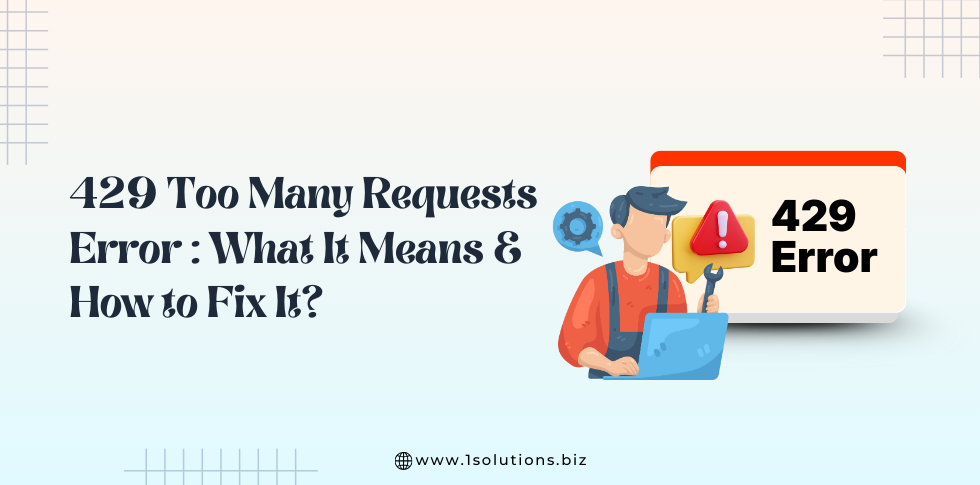
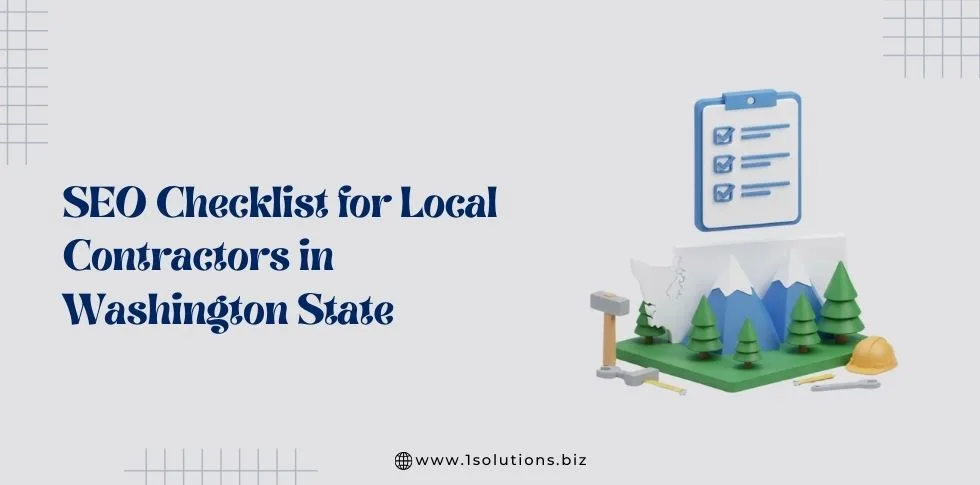
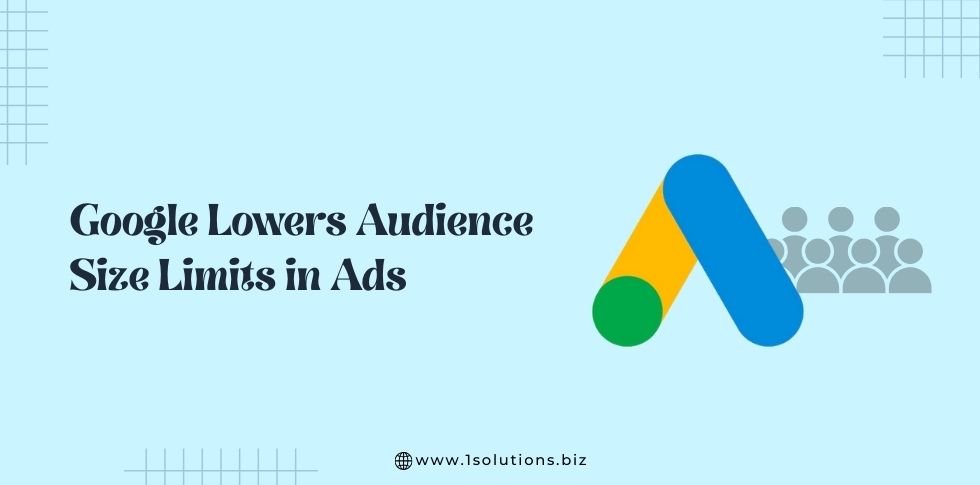

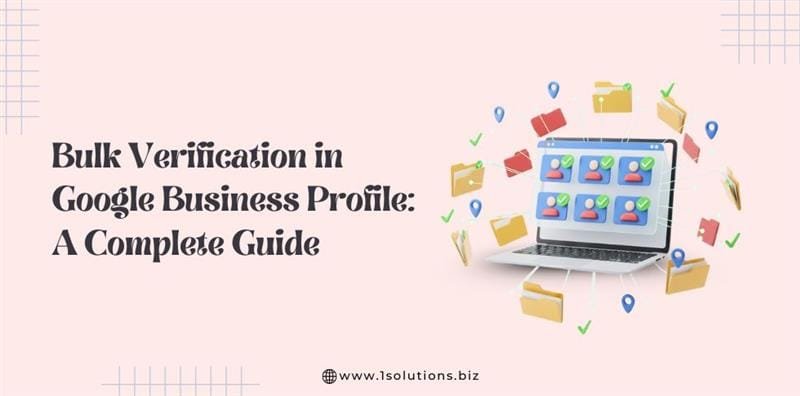
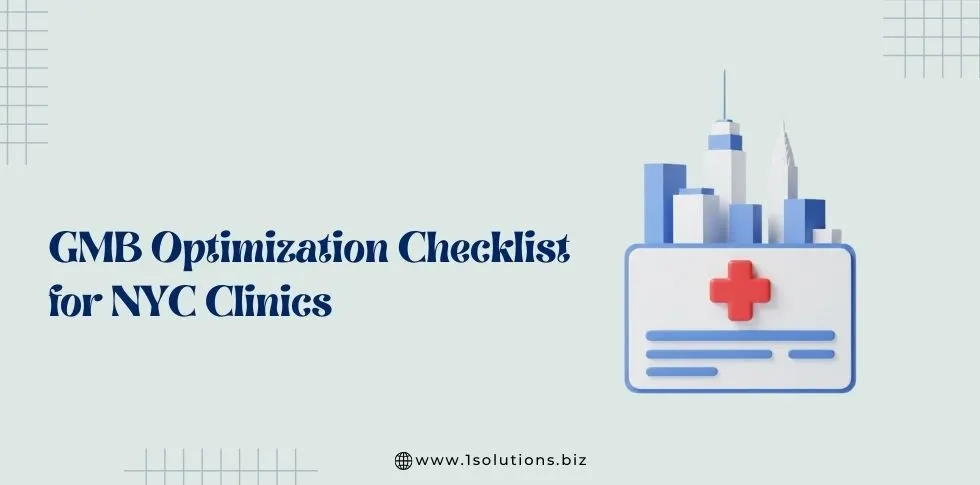
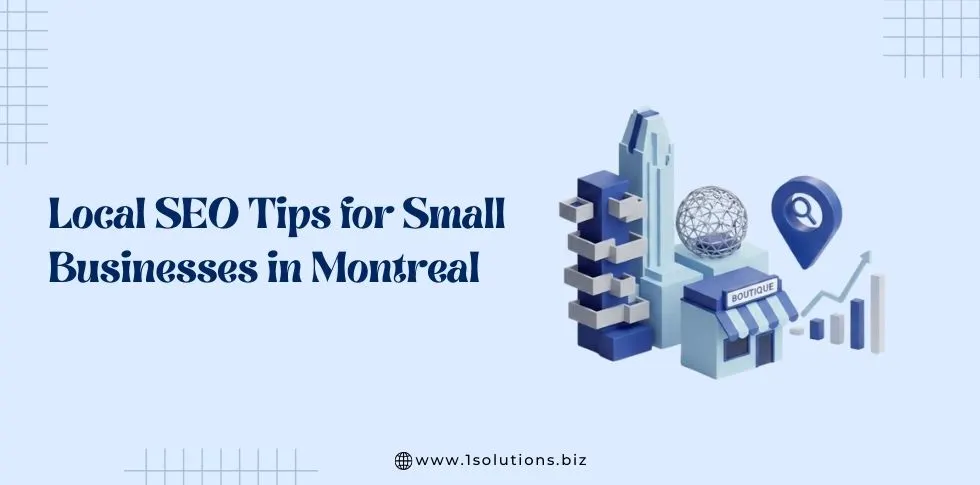
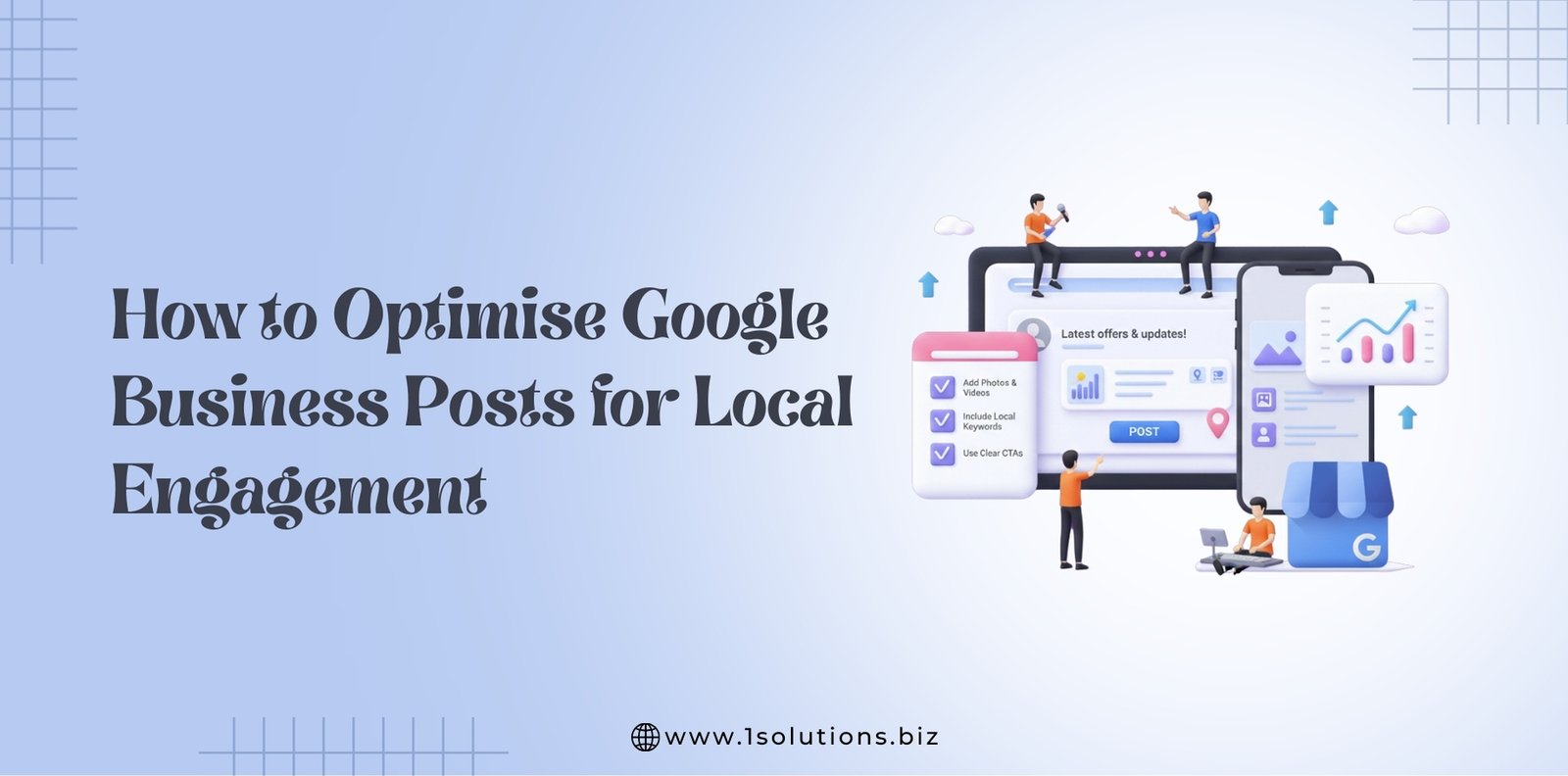




 in India
in India